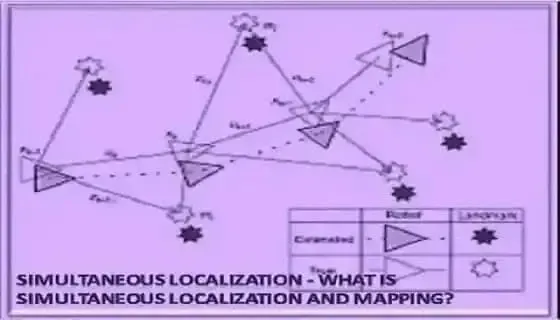Robots use maps to get around just like humans. Note that robots cannot rely on GPS while operating indoors. Regardless, GPS is not accurate enough while operating outdoors due to the increased demand for resolution. This is the reason these devices depend on Simultaneous Localization and Mapping. It is also known as SLAM. Let’s find out more about this approach.
With the help of SLAM, it is possible for robots to construct these maps while operating. Besides, it enables these machines to spot their position through the alignment of the sensor data.
Although it looks quite simple, the process involves a lot of stages. The robots have to process sensor data with the help of a lot of algorithms.
Sensor Data Alignment
Computers detect the position of a robot in the form of a timestamp dot on the timeline of the map. As a matter of fact, robots continue to gather sensor data to know more about their surroundings. You will be surprised to know that they capture images at a rate of 90 images per second. This is how they offer precision.
Motion Estimation
Apart from this, wheel odometry considers the rotation of the wheels of the robot to measure the distance traveled. Similarly, inertial measurement units can help computer gauge speed. These sensor streams are used in order to get a better estimate of the movement of the robot.
Sensor Data Registration
Sensor data registration happens between a map and a measurement. For example, with the help of the NVIDIA Isaac SDK, experts can use a robot for the purpose of map matching. There is a calculation in the SDK called HGMM, which is short for Various leveled Gaussian Combination Model. This calculation is utilized to adjust a couple of point mists.
Essentially, Bayesian channels are utilized to numerically illuminate the area of a robot. It is finished with the assistance of movement gauges and a surge of sensor information.
GPUs and Split-Second Calculations
The interesting thing is that mapping calculations are done up to 100 times per second based on the algorithms. And this is only possible in real-time with the astonishing processing power of GPUs. Unlike CPUs, GPUs can be up to 20 times faster as far as these calculations are concerned.
Visual Odometry and Localization
Visual Odometry can be an ideal choice to spot the location of a robot and its orientation. In this case, the only input is video. Nvidia Isaac is an ideal choice for this as it is compatible with stereo visual odometry, which involves two cameras. These cameras work in real-time in order to spot the location. These cameras can record up to 30 edges for each second.
As the name proposes, visual Hammer (or vSLAM) utilizes pictures gained from cameras and other picture sensors. Visual Hammer can utilize basic cameras (wide-point, fish-eye, and circular cameras), compound eye cameras (sound system and multi-cameras), and RGB-D cameras (profundity and ToF cameras).
Visual Hammer can be executed easily with generally modest cameras. Moreover, since cameras give an enormous volume of data, they can be utilized to distinguish milestones (recently estimated positions). Milestone location can likewise be joined with diagram-based streamlining, accomplishing adaptability in Pummel execution.
Monocular Hammer is when Islam utilizes a solitary camera as the lone sensor, which makes it trying to characterize profundity. This can be addressed by either recognizing AR markers, checkerboards, or other known articles in the picture for confinement or by combining the camera data with another sensor like inertial estimation units (IMUs), which can gauge actual amounts like speed and direction. Innovation identified with Islam incorporates structure from movement (SfM), visual odometry, and pack change.
We hope this article helped you get a better understanding of this technology.
If you are looking for more information on the Simultaneous Localization and Mapping (SLAM) patent if so, we suggest that you check the patent on Snag and SLAM.

